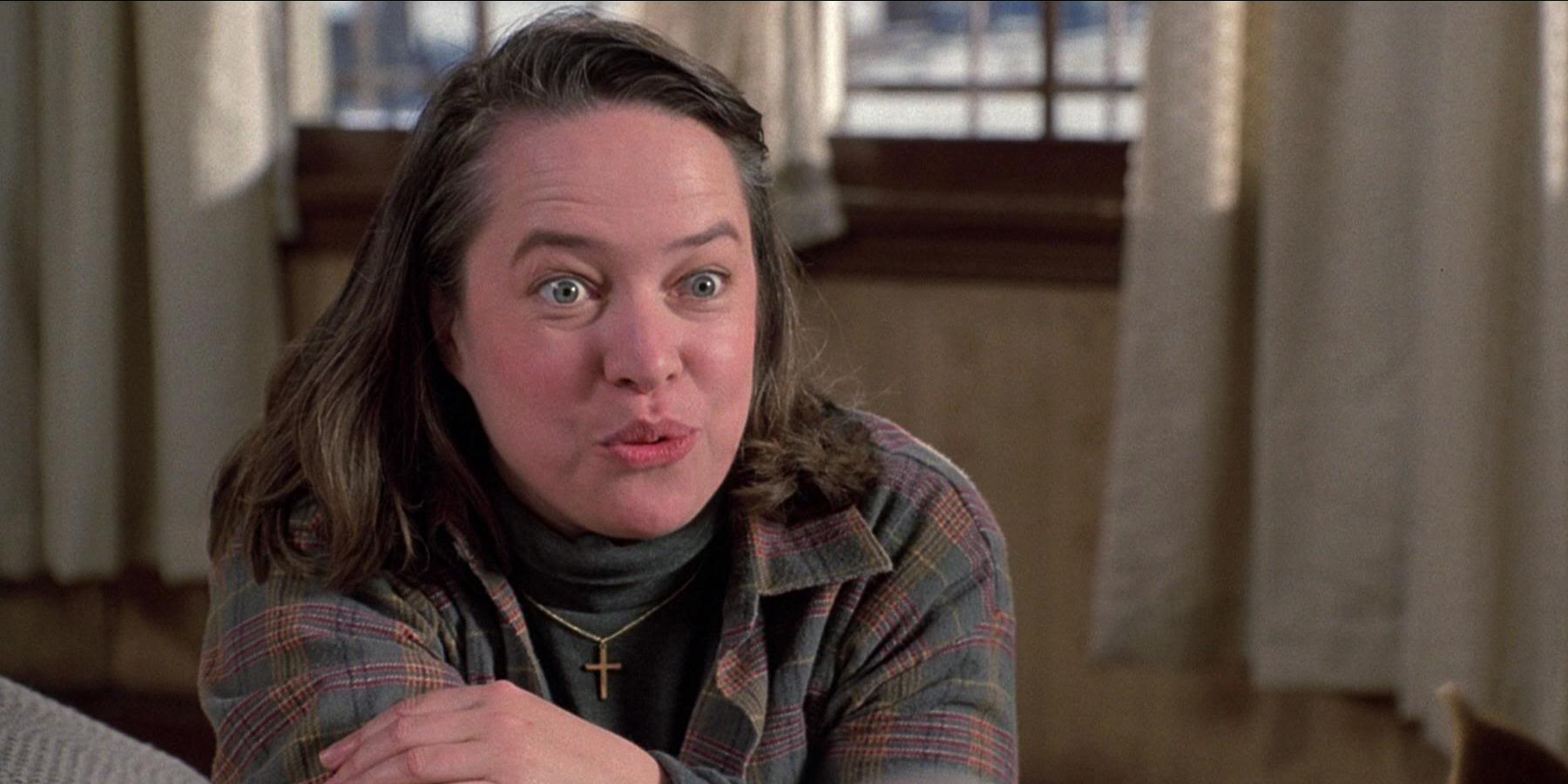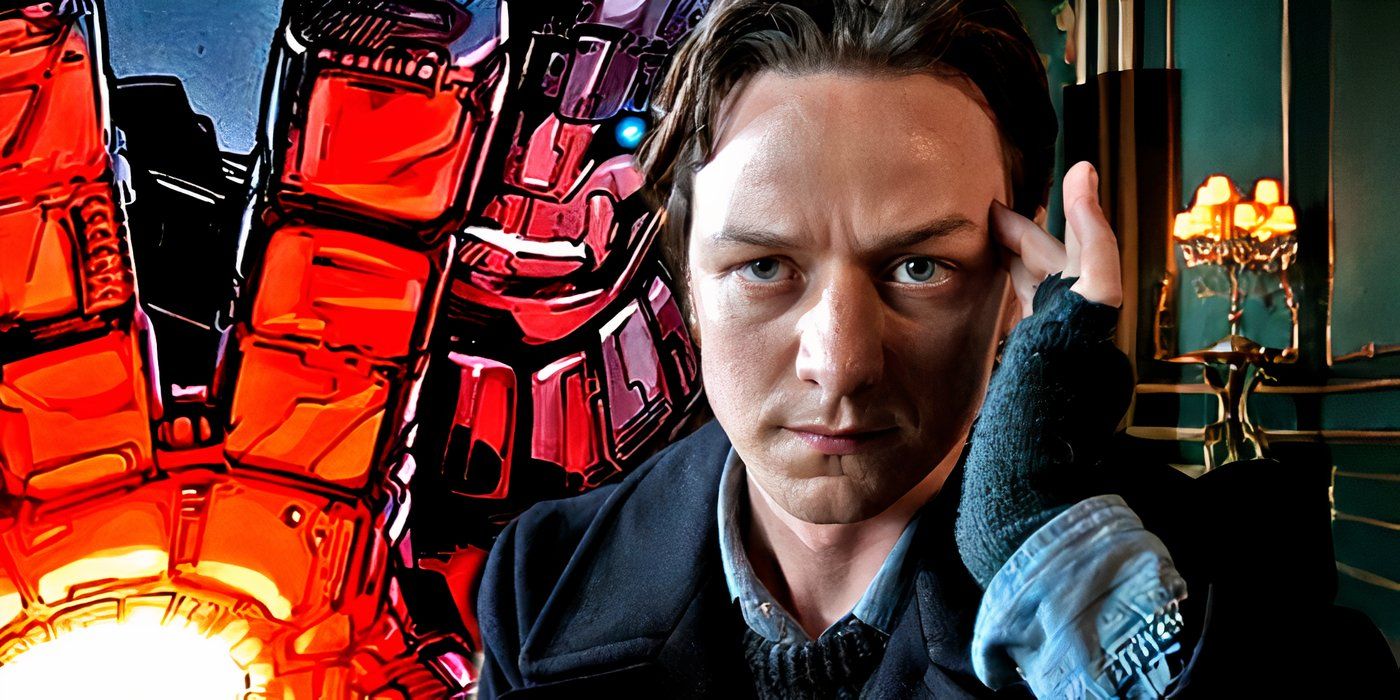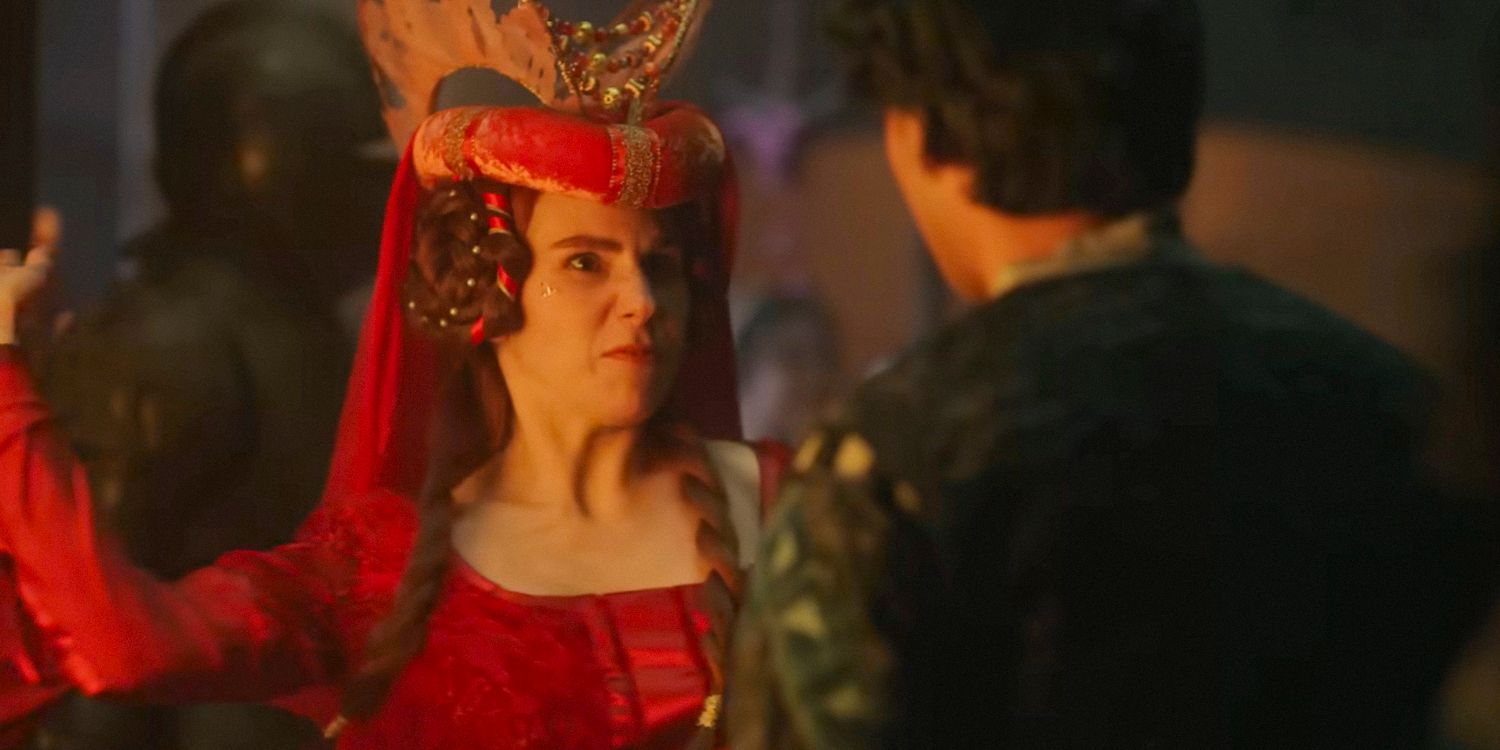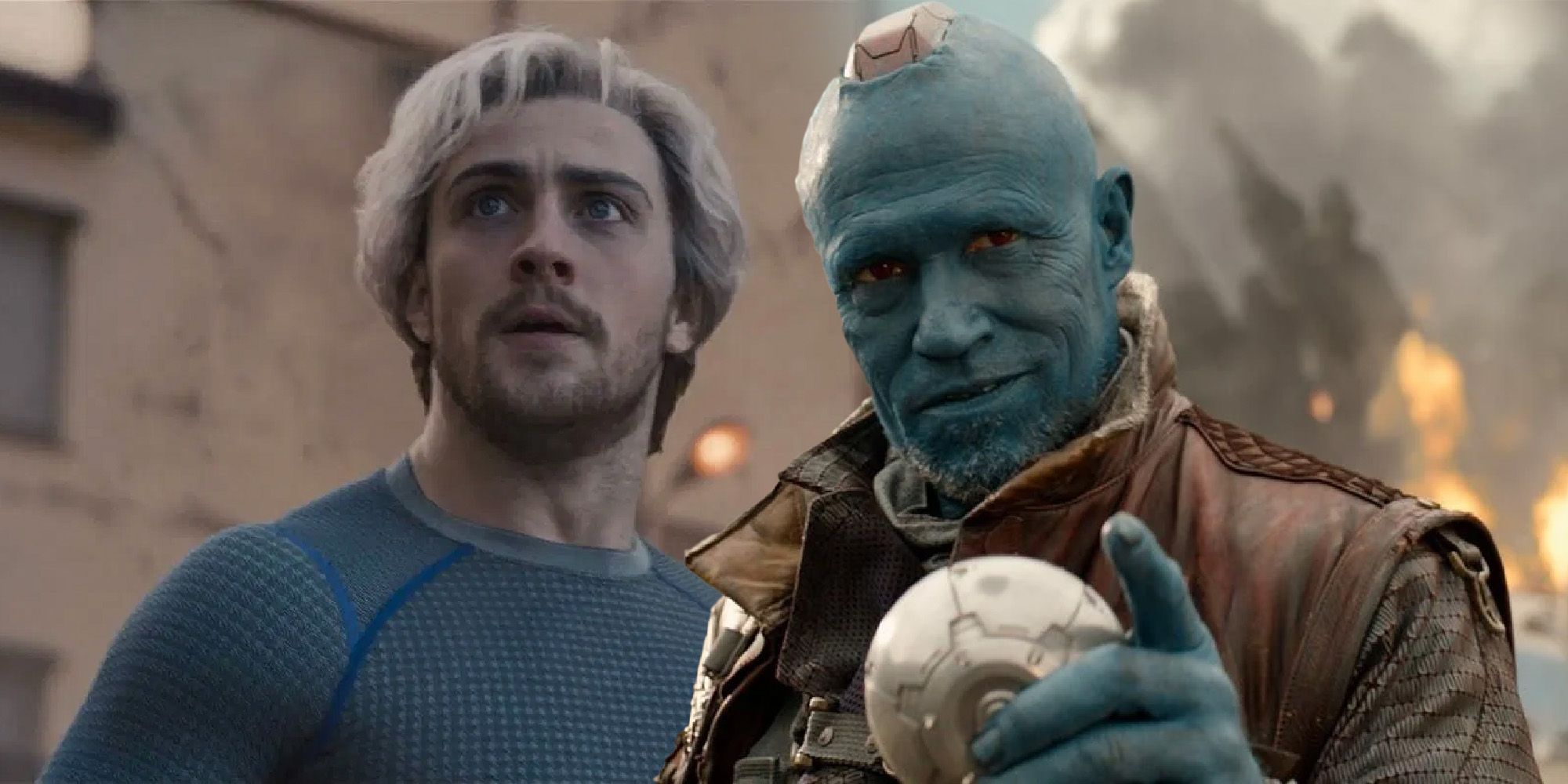Stephen King’s psychological horror novel Misery was adapted into a movie in 1990 and starred Kathy Bates as the terrifyingly unhinged woman Annie Wilkes. Nearly 30 years later, Lizzy Caplan took on the role for season 2 of Hulu’s original series Castle Rock. Both actresses artfully captured her incredibly sadistic and unsettling personality, but one did much better than the other in performing the true essence of the original Annie Wilkes character.
The 1987 novel and Annie Wilkes are entirely based on Stephen King’s personal struggles with addiction. King has stated that Wilkes represents his struggles with cocaine and drug addiction. It’s plausible that this story was written in the midst of him getting clean, as his family staged an intervention in the late 1980s that caused him to seek treatment. Annie represents the seductive power of drugs when they promise the next best-seller, especially when considering King’s hits like Cujo and IT. The novel features Paul Sheldon, the King character, a well-known author who intends on completing his book series. When his “biggest fan”, Annie Wilkes, meets him, she finds a way to kidnap him. After reading the manuscript of the final novel, she forces him to rewrite it entirely. Along the way, she tortures him relentlessly. It is a deeply unsettling book, especially for authors who’ve heard the phrase, “I am your biggest fan.”
In Castle Rock, Annie Wilkes takes on an entirely different persona. In fact, the series changed so much about the original book character that they ended up giving her an origin story that ends at the beginning of the 1990 movie. They are remarkably different characters, which leads to two very different performances from two very distinct actresses.

While Lizzy Caplan had the major task of acting as Annie Wilkes prior to the Paul Sheldon kidnapping, her performance was mostly mirrored after Kathy Bates’s. In fact, she even tries to get the exact dialect down, but it falls flat in comparison. Castle Rock made her a much more nuanced, empathetic, and complex character so much that she loses the intent behind her creation; anyone can be an Annie Wilkes. She is an omnipresent person who could be around every corner as well as haunting manifestation of a disturbing author-reader relationship. Being that they gave the character a child, who was able to verbalize the mental instability of her mother, it transformed the original character into something else entirely, causing her to lose some of the vile perceptions attached to her. While the origin story in itself was an incredible addition to the storyline, it didn’t do any favors to Caplan’s overall performance.
Ultimately, Kathy Bates continues to reign supreme as the best rendition of Annie Wilkes. While the actress has recently fully immersed herself in horror, during her early career it was somewhat rare to see her in these roles. When she was cast as characters such as Annie Wilkes, she brought a disturbing energy that can only be compared to the unsettling nature of Sarah Paulson’s Diane in Run, which has been compared to Misery despite having a relatively different subject matter. Annie needs to keep Paul imprisoned with her until she is satisfied. On the other hand, Caplan’s Annie doesn’t seem to have a specific motivation that takes her from point A to point B, whereas Bates’s does. There is a much more concrete understanding of who Annie Wilkes is in the original Misery instead of Castle Rock’s version of the character, which is likely why Caplan’s performance suffered.
This is not to say that Lizzy Caplan’s Annie Wilkes is inherently bad, but she did have to take on the task of putting the character in a location she’s never been written into, made her into a mother, and had her navigate a world of true crime as well as the supernatural. Kathy Bates’s Annie Wilkes is far more unsettling, which comes across in her tonality and mannerisms. Her sole intent was to make a character so disturbing that it would haunt the dreams of creators until the end of time, which Kathy Bates successfully did in 1990’s Misery.




